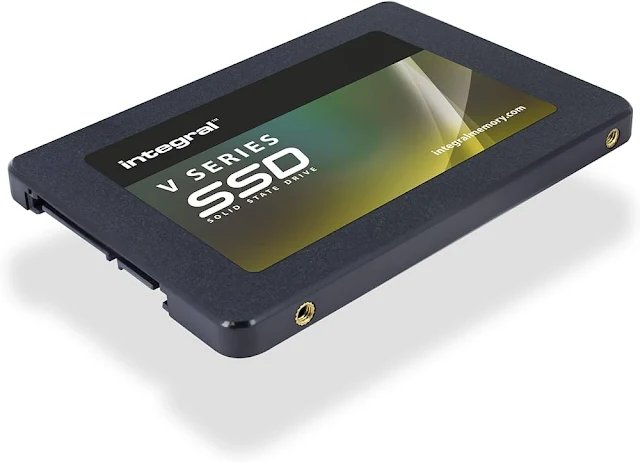Understanding SSDs: A Comprehensive Guide Solid-state drives (SSDs) have revolutionized computer storage, offering enhanced speed and durability compared to traditional hard disk drives (HDDs). Let's delve into the key aspects of SSDs to demystify their technology and usage.

SSD Basics
At its core, an SSD is a non-volatile storage device that utilizes solid-state flash memory to store data persistently. Unlike HDDs, SSDs don't rely on spinning disks; instead, they use NAND flash memory chips and a flash controller. This design results in faster read/write speeds, making SSDs ideal for various applications.
SSDs employ various memory types, including single-level cells (SLCs), multi-level cells (MLCs), and triple-level cells (TLCs). SLCs are faster and more durable but costly. MLCs and TLCs offer higher storage capacity with potential trade-offs in speed and durability.
Advantages of SSDs
SSDs outshine HDDs in several aspects:
1. Speed: Rapid read/write speeds enable quick access to large files.
2. Performance: Instant responsiveness due to no spinning-up time.
3. Durability: Resistance to shocks and heat, thanks to no moving parts.
4. Power Consumption: Lower energy requirements compared to HDDs.
5. Quiet Operation: Noise-free operation without spinning components.
6. Size: Compact form factors for diverse applications.
Disadvantages of SSDs
While SSDs offer numerous benefits, they also have some downsides:
1. Cost: Higher initial investment compared to HDDs.
2. Life Expectancy: Limited write cycles for certain SSD types.
3. Performance Over Time: Gradual decrease in performance with use.
4. Storage Options: Typically available in smaller sizes due to cost.
5. Data Recovery: Complex and potentially expensive process.
Types of SSDs
Different SSD types cater to varying performance needs:
1. Solid-State Drives: Entry-level SSDs offering cost-effective performance.
2. PCIe-based Flash: Higher throughput and lower latency.
3. Flash DIMMs: Reduced latency, especially eliminating PCIe bus contention.
4. NVMe SSDs: Leveraging NVMe interface for high-performance storage.
5. NVMe-oF: Enabling data transfers over fabrics like Ethernet or Fibre Channel.
6. Hybrid DRAM-Flash Storage: Combining flash and DRAM for increased throughput.
SSD Form Factors
SSD manufacturers offer diverse form factors, including 2.5-inch SSDs for standard HDD slots, PCIe-connected SSDs, and SSDs in DIMM or NVDIMM cards.
Understanding SSDs empowers users to make informed choices based on their specific needs. Whether enhancing personal computer performance or meeting the demands of high-performance servers, SSDs continue to redefine the landscape of storage technology.
Certainly! Several reputable brands manufacture Hard Disk Drives (HDDs). Here are some well-known HDD brands:
Seagate, Western Digital(WD), Toshiba, HGST (a Western Digital brand), Samsung, Hitachi,
Related Topics:
